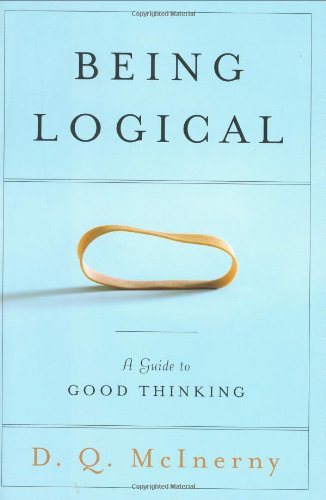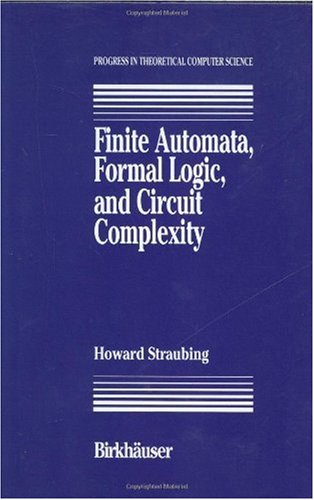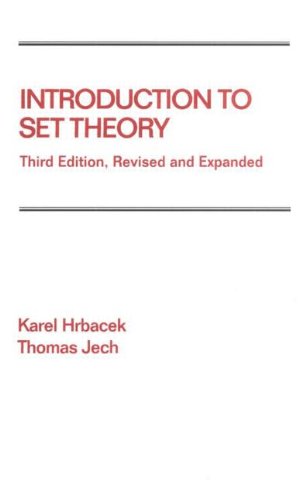D.Q. McInerny9781400061716, 1-4000-6171-7
Table of contents :
Cover……Page 1
Copyright page……Page 6
Preface……Page 11
Contents……Page 15
Part One—Preparing the Mind for Logic……Page 19
1. Be Attentive……Page 21
2. Get the Facts Straight……Page 22
4. Be Mindful of the Origins of Ideas……Page 25
5. Match Ideas to Facts……Page 27
6. Match Words to Ideas……Page 29
7. Effective Communication……Page 30
Speak in complete sentences…….Page 32
Avoid double negatives…….Page 33
8. Avoid Vague and Ambiguous Language……Page 34
9. Avoid Evasive Language……Page 36
10. Truth……Page 37
Part Two—The Basic Principles of Logic……Page 41
1. First Principles……Page 43
The Principle of the Excluded Middle……Page 44
The Principle of Sufficient Reason……Page 45
The Principle of Contradiction……Page 46
2. Real Gray Areas, Manufactured Gray Areas……Page 48
3. There’s an Explanation for Everything, Eventually……Page 50
4. Don’t Stop Short in the Search for Causes……Page 51
5. Distinguish Among Causes……Page 53
6. Define Your Terms……Page 55
7. The Categorical Statement……Page 59
8. Generalizing……Page 60
Part Three—Argument: The Language of Logic……Page 63
1. Founding an Argument……Page 65
2. The Move from Universal to Particular……Page 67
3. The Move from Particular to Universal……Page 68
4. Predication……Page 69
5. Negative Statements……Page 70
6. Making Comparisons……Page 73
7. Comparison and Argument……Page 76
8. Sound Argument……Page 77
Conjunctive Argument……Page 79
Disjunctive Argument……Page 80
9, Conditional Argument……Page 81
10. Syllogistic Argument……Page 85
12. The Relevancy of Premises……Page 88
13. Statements of Fact, Statements of Value……Page 90
14. Argumentative Form……Page 91
15. Conclusions Must Reflect Quantity of Premises……Page 95
16. Conclusions Must Reflect Quality of Premises……Page 97
17. Inductive Argument……Page 99
18. Assessing Argument……Page 102
The Truth of Premises……Page 104
The Strength of Premises……Page 105
Part Four—The Sources of Illogical Thinking……Page 107
1. Skepticism……Page 109
2. Evasive Agnosticism……Page 110
3. Cynicism and NaÏve Optimism……Page 111
4. Narrow-Mindedness……Page 112
5. Emotion and Argument……Page 113
6. The Reason for Reasoning……Page 114
7. Argumentation Is Not Quarreling……Page 115
9. Common Sense……Page 116
Part Five—The Principal Forms of Illogical Thinking……Page 119
1. Denying the Antecedent……Page 122
2. Affirming the Consequent……Page 123
4. Equivocation……Page 124
5. Begging the Question……Page 127
6. False Assumptions……Page 129
8. Using and Abusing Tradition……Page 130
9. Two Wrongs Don’t Make a Right……Page 131
10. The Democratic Fallacy……Page 132
12. Substituting for the Force of Reason……Page 133
13. The Uses and Abuses of Expertise……Page 134
14. The Quantifying of Quality……Page 135
15. Consider More Than the Source……Page 137
17. Reductionism……Page 138
19. The Red Herring……Page 139
20. Laughter as Diversionary Tactic……Page 140
21. Tears as Diversionary Tactic……Page 141
22. An Inability to Disprove Does Not Prove……Page 142
24. Post Hoc Ergo Propter Hoc……Page 143
26. The Fallacy of Expediency……Page 145
28. Simplistic Reasoning……Page 146
Afterword……Page 149
Index……Page 151
About the Author……Page 157







Reviews
There are no reviews yet.